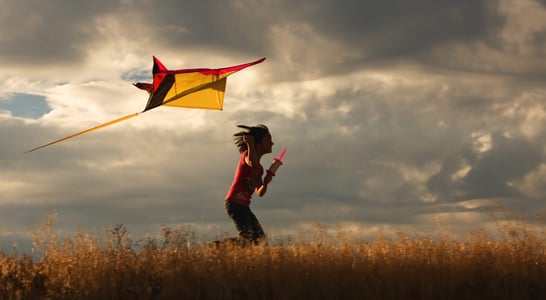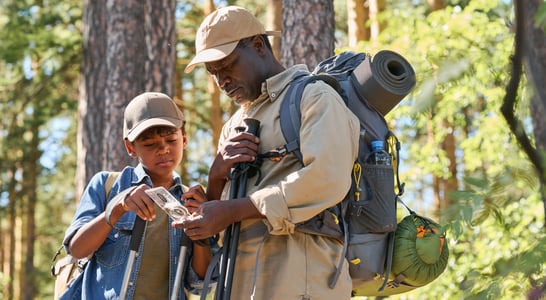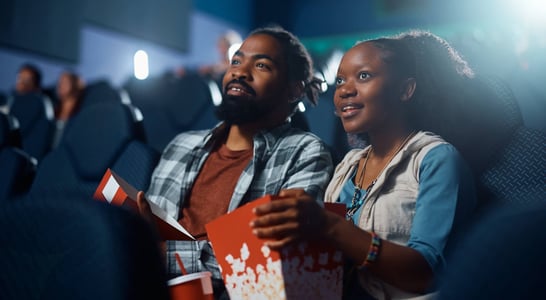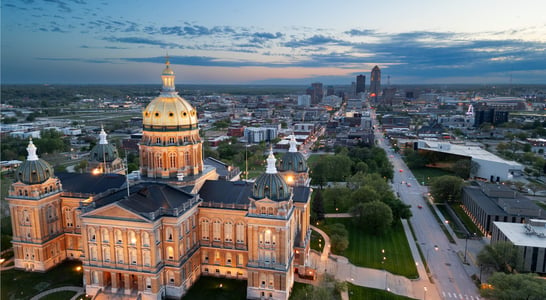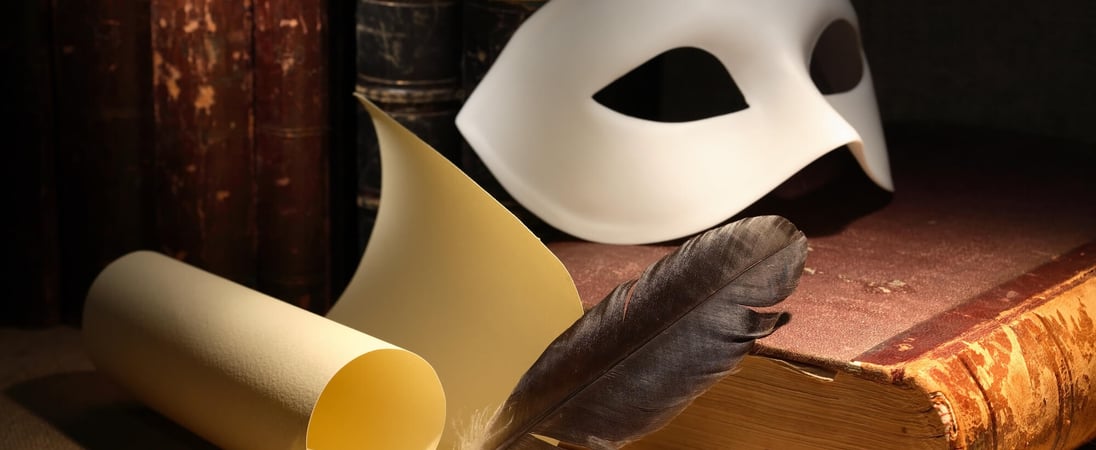
Opera Day
An art form that combines music, theater, and storytelling, the thrilling voices of opera singers can transport you to another world.
Operas have been captivating audiences since the sixteenth century, and this highly revered art form continues to gain new enthusiasts, complete with its own special day.
So, dust off those windpipes, take a deep breath and get ready to belt out your appreciation for Opera Day.
How to Celebrate Opera Day
There is no better time to celebrate your passion for opera than Opera Day. And if you have yet to develop a passion for opera, then Opera Day is the perfect day to begin. Consider a few of these ideas to get started:
Attend the Opera
The most standard way of celebrating is to experience an opera for yourself. Check with your local theater and see if there is a performance you can attend.
View an Opera Online
If a live performace isn’t an option, the Internet has made it easy to experience the wonder of opera from the comfort of your own home.
Try browsing YouTube for performances of masterpieces by the likes of Verdi, Mozart and Wagner or see if there are any livestreams available.
Tour an Opera House
If you’re into architecture, then why not take a guided tour of your local opera house? Opera houses are usually very beautiful and elaborate buildings – picture the Sydney Opera House or the Vienna State Opera!
And they may well offer show discounts on Opera Day so it’s definitely worth keeping an eye out for these. Also make sure to check out the café and see if you can get yourself a slice of delicious opera cake (layered almond sponge cake with coffee buttercream and ganache)!
Sing Some Opera Music
If you’re musically inclined, you can take your Opera Day celebrations a step further. Get together with your most musical friends and put on an opera of your own. It is easy to find the text of famous operas online, and you can divide the parts up amongst yourselves and have a riot of a time.
History of Opera Day
Opera Day was founded by a cooperation between OPERA America, Opera Europa, and Ópera Latinoamérica.
Opera developed as part of the classical music tradition in the West, first springing up in Italy and quickly spreading across Europe, including France, England, Germany and Russia.
The first operas aimed to rekindle Ancient Greek drama, especially the role of the chorus, and it wasn’t long before opera became popular entertainment, with the first opera season taking place in Venice in 1637.
This versatile art form has evolved and diverged in numerous ways throughout its history. For much of the 18th century, opera seria, with its elevated style and virtuoso performances, was the prevailing force in Italy.
Yet as with all artistic movements, others reacted against this trend – Mozart is well-known for his comic operas such as The Marriage of Figaro, while Verdi is famous for confident, patriotic operas.
Wagner meanwhile was one of the most influential opera composers, dissolving the distinct recitatives and arias into “endless melody” and developing the idea of the Gesamtkunstwerk (“complete artwork”), a synthesizing of different art forms into one.
Composers in the 20th century continued to push musical boundaries, experimenting with concepts such as atonality and dissonance.
And of course the modern era saw the explosion of musical theater, the younger sister of opera. While there are a number of key differences, some musicals closely resemble opera – look no further than Les Misérables for plenty of recitative passages!
The genre has also influenced current entertainment, with soap operas revolving around personal dramas in much the same way that opera has always done.
The Power of Opera Singers
Another particularly distinctive aspect of opera is its singing style – opera singers are renowned for their powerful voices, able to belt out melodies to such a volume that they fill a whole opera house without a microphone!
Famous performers include Luciano Pavarotti, Maria Callas, Andrea Bocelli and Jenny Lind (also known as the ‘Swedish Nightingale’ and familiar to modern-day audiences thanks to The Greatest Showman).
Singers are categorized according to their range: male singers with the lowest voices are known as basses while female singers with the highest voices are called sopranos.
In fact, the term prima donna (literally “first woman”) stems from opera, originally meaning the leading female singer but nowadays usually meaning someone who’s a bit of a diva!
Of course, what we all really want to know is whether opera singers can truly shatter glass – and it turns out they can!
By singing at the same resonance of very fine glass, opera singers are able to reach a volume at which the vibrations generated cause the glass to break.
The trick takes volumes of over 100 decibels (normal speech being around 50) and requires years of training, so probably not one to try at home – plus spare your neighbors!
Bonus: A Crash Course in Opera
While many of us would recognize an opera if we heard one, we may not be as familiar with the definitions and distinctions surrounding this complex musical genre.
In short, an opera is a piece of performance art that combines music with text to create a dramatic enactment of a story, complete with acting, scenery, costumes and dance.
The term opera is in fact the Italian for “work”, and the text is called the libretto, meaning “small book”. There are a whole range of types, from opera seria (noble and serious) and opera buffa (comedic) to operetta (light opera) and semi-opera (combining spoken dialogue with masque-like sections).
Generally speaking, operas consist of two kinds of music: recitatives and arias. Recitatives closely resemble speech and are there to help move the plot along, whereas arias are elaborate and often long songs for individual characters, allowing them to express their thoughts and emotions to the audience.
This is one of opera’s defining characteristics compared with most musicals; whereas the more modern genre tends to intersperse its hits with spoken dialogue, operas are pretty much entirely sung, even if this means the recitative passages aren’t always especially tuneful!
Opera Day FAQs
How did opera influence the development of film scores?
Opera’s dramatic storytelling and emotional depth have significantly influenced film music.
Composers like Richard Wagner pioneered the use of leitmotifs—recurring musical themes associated with characters or ideas.
This technique became a staple in film scoring, evident in works like John Williams’ themes for “Star Wars.”
What are some unusual venues where operas have been performed?
Beyond traditional opera houses, performances have taken place in unique settings.
The Savonlinna Opera Festival in Finland is held in a medieval castle. In Italy, the Arena di Verona Festival stages operas in a Roman amphitheater.
These venues offer immersive experiences that blend history with music.
How has opera been used in popular culture?
Opera has permeated various facets of popular culture. The “Looney Tunes” cartoon “What’s Opera, Doc?” parodies Wagner’s works.
Queen’s “Bohemian Rhapsody” incorporates operatic elements, showcasing the genre’s versatility and influence.
Are there any operas based on real historical events?
Yes, many operas draw from history. Verdi’s “Don Carlo” explores the life of Spain’s King Philip II. John Adams’ “Nixon in China” depicts President Nixon’s 1972 visit to China, blending historical narrative with musical expression.
What are some common misconceptions about opera?
A prevalent myth is that opera is exclusively for the elite. In reality, opera has roots in popular entertainment and often addresses universal themes.
Another misconception is that operas are always lengthy; some, like Mascagni’s “Cavalleria Rusticana,” run just over an hour.
How do different cultures incorporate opera into their traditions?
Various cultures have unique operatic traditions. In China, Peking Opera combines music, vocal performance, mime, and acrobatics.
In Indonesia, Wayang Wong integrates opera with traditional dance and puppetry, reflecting the art form’s adaptability.
What role did women play in the early history of opera?
Initially, women were banned from performing in many regions, leading to the rise of castrati—male singers castrated before puberty to maintain a high voice.
By the 18th century, women began to dominate leading roles, reshaping the operatic landscape.
How has technology impacted modern opera productions?
Advancements like digital projections and live streaming have transformed opera.
Companies now reach global audiences online, and innovative stage designs enhance storytelling, making opera more accessible and engaging.
Are there any operas composed for children?
Yes, several operas cater to young audiences. Humperdinck’s “Hansel and Gretel” adapts the classic fairy tale.
Britten’s “The Little Sweep” involves children in the performance, fostering early appreciation for the art form.
What are some of the most challenging roles in opera?
Roles like the Queen of the Night in Mozart’s “The Magic Flute” demand exceptional vocal agility.
Similarly, Verdi’s “Otello” requires both vocal power and dramatic intensity, testing a singer’s technical and emotional range.
See what else is happening…
There’s always more going on every month at Days Of The Year. Here are our favorites this month!
Also on ...
View all holidaysNational Kite Flying Day
Colorful sails dancing in the sky, held by invisible strings, challenging the wind's whims in a delightful game of high-flying freedom.
